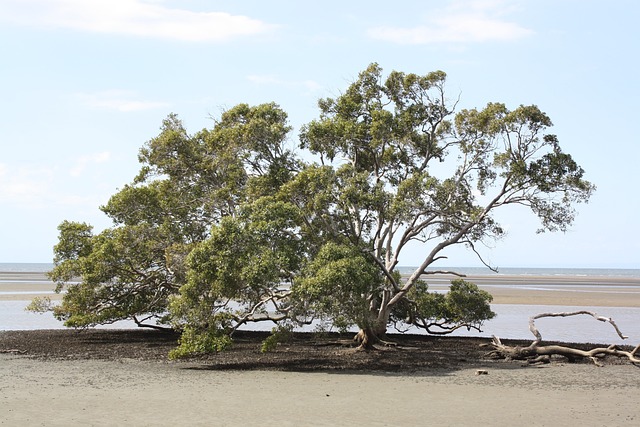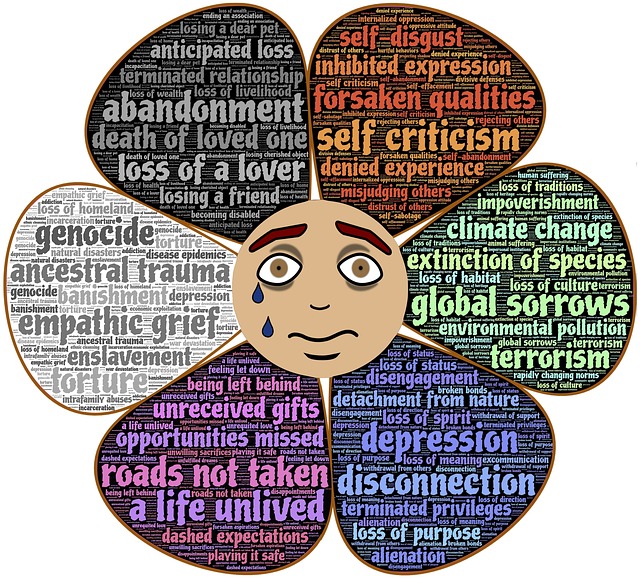Seana Smith in her memoir, Going Under, graphically describes her journey into sobriety – a state achieved for four years at the time of publishing her book. Her memoir tracks her early childhood, addiction to alcohol and multiple attempts to escape both physically and mentally. For each step forward, there was always a backward step until she found the solution to her addiction. Her insightful, inspiring and humorous account traces the ups and downs of a life burdened by alcohol addiction.
Early childhood
Seana had adverse childhood experiences as a result of her father being a violent alcoholic and the inability of her mother to cope with his addiction and the physical and mental abuse against her. The verbal abuse by her father extended to Seana and her siblings, especially to Callum who had a serious mental health issue. Seana’s home environment lacked consistency and warmth and was constantly unpredictable, despite some happy childhood moments with her parents individually or together.
Year of sobriety
Seana was able to achieve a year of sobriety when her twins were seven years old. The catalyst was a period of heavy drinking that resulted in her trying to pick a fight with her husband, Paul. She was mean to him but fortunately he did not react to her” sarcasm and barbs”. The twins had started school and Seana had a strong sense that her drinking was undermining “her urge to feel healthy and bright and well”. She joined AA and took up ocean swimming which gave her challenge , excitement and a modicum of fear.
Despite this outstanding sobriety effort, Seana dropped back into her old ways, moving from drinking once a week to drinking a bottle a day. Alcohol provided an escape from the mind-numbing routine of motherhood and the associated domesticity. This led her to her endless cycle of “thinking and thinking and thinking about drinking”. She described herself as “white knuckling” as she fought to regain control and overcome the very real physical and mental urge to drink…and drink to excess.
The ever-present opportunity for free drinks from social events added to her pain and temptation, and ultimately resulted in her submission to the impulse to lose control over her drinking habit. While Seana did not consider herself to be an alcoholic, she acknowledged that she engaged in “gray area” drinking, leading to morning hangovers and severe headaches impacting her ability to function fully. She often alternated between moderate drinking and risky drinking.
Trauma and addiction
Gabor Maté contends that addictions, in multiple cases, originate from the pain of adverse childhood events. The addiction, in whatever form it takes, is often an ineffective attempt to remove the trauma-induced pain. The experience of trauma evokes negative self-stories and Seana’s book is replete with continuous self-deprecation. Seana was in the grip of the “need to please” and believed that if she did not drink with others in social settings, she would not be “accepted”. She also acknowledged that in her twenties, she was addicted to sex – another form of failed attempt to escape from trauma pain.
As part of her journey to sobriety, Seana discovered that her father’s “drinking story” continued through her. It impacted her need to “keep moving and moving”. She sought help from a therapist to assist her in “letting go of old trauma”. The therapist employed EMDR therapy to great effect. Seana was able to progressively move beyond the past, focus on the present, express gratitude for the “positive gifts my family and upbringing have given me” and to remember “all the good parts of Dad and Mum” and the adventures they took her and her siblings on.
The journey to sobriety
There are many perspectives on, and paths for, recovering from trauma and its muti-dimensional impacts. The road to sobriety is complicated by trauma-induced beliefs and behaviour. Seana like many others who have achieved sobriety found that it was a very long journey with many setbacks to recovery. She also recognised that recovering from alcohol addiction required multiple pathways which served to positively reinforce each other.
She took up pool swimming that, along with the social encounters and new friends, provided her with release from the physical tension of trying to overcome her alcohol addiction. She also bought a dog, “a wee black poodle called Maisie” – which reduced her urges to escape and travel.
A key to her recovery was listening to sobriety podcasts constantly. From Janey Lee Grace’s podcast, Alcohol Free Life, Seana discovered a solution, “keep the ritual – change the ingredients”, that she was able to implement by substituting “alcohol-free wines, cocktails spirits and mixers” for alcoholic drinks whenever she had a ritual of drinking, e.g. at 5pm. She listened to multiple sobriety podcasts including Annie Grace’s podcast, This Naked Mind. Seana also devoured Annie’s book, This Naked Mind: Find Freedom, Discover Happiness and Change Your Life.
A key factor for Seana in her journey to sobriety and freedom was the use of the affirmation, “My life will be better if I never drink again”. This mindset shift refocused her belief and energy because she had always valued health, fitness and happiness but had pursued these goals in the wrong areas such as social drinking.
Reflection
Going Under is a courageous memoir recording a history of childhood trauma and the constant physical and mental battle to overcome alcohol addiction. It makes you realise what is happening “on the inside” when someone is struggling with such addiction. Seana approaches her story with incredible insight and resilience. Her humour adds character to her insightful tale.
As I read her book, I found that some parts triggered the memory of my father who was an aggressive alcoholic, physically abusing my mother and creating fear for myself and my siblings. Seana’s book helped me to appreciate his internal struggle and the inability of my mother to cope with his alcoholism, sometimes aggravating the situation by berating him when he was drunk. Seana recounts how her own mother learnt a little too late how to relate to an alcoholic partner.
There are multiple social support groups such as The Sober Club developed by Janey Lee Grace which Seana refers to. I have found that the Creative Meetup group hosted by the Health Story Collaborative is a strong support for me while I experience chronic illness and deal with my adverse early childhood experiences as a result of my alcoholic father.
Following one such Creative Meetup on Zoom, I reflected on my father’s war experience and resultant PTSD. It helped me to better understand what he was going through and his daily challenge of just coping with life and family. I wrote a blog post and a reflective poem titled, Paternal Forgiveness, to express my thoughts and feelings at the time.
I found that meditation and prayer helped me immensely to deal with my adverse childhood experiences and gave me the strength to overcome the tendency to addiction. As we grow in mindfulness, we can unearth our negative self-stories, express gratitude for the positive aspects of our life and progressively build courage and resilience.
___________________________________________
By Ron Passfield – Copyright (Creative Commons license, Attribution–Non Commercial–No Derivatives)
Disclosure: If you purchase a product through this site, I may earn a commission which will help to pay for the site, the associated Meetup group and the resources to support the blog.









